Home>Furniture & Design>Bathroom Accessories>What To Put In A Hiking First Aid Kit
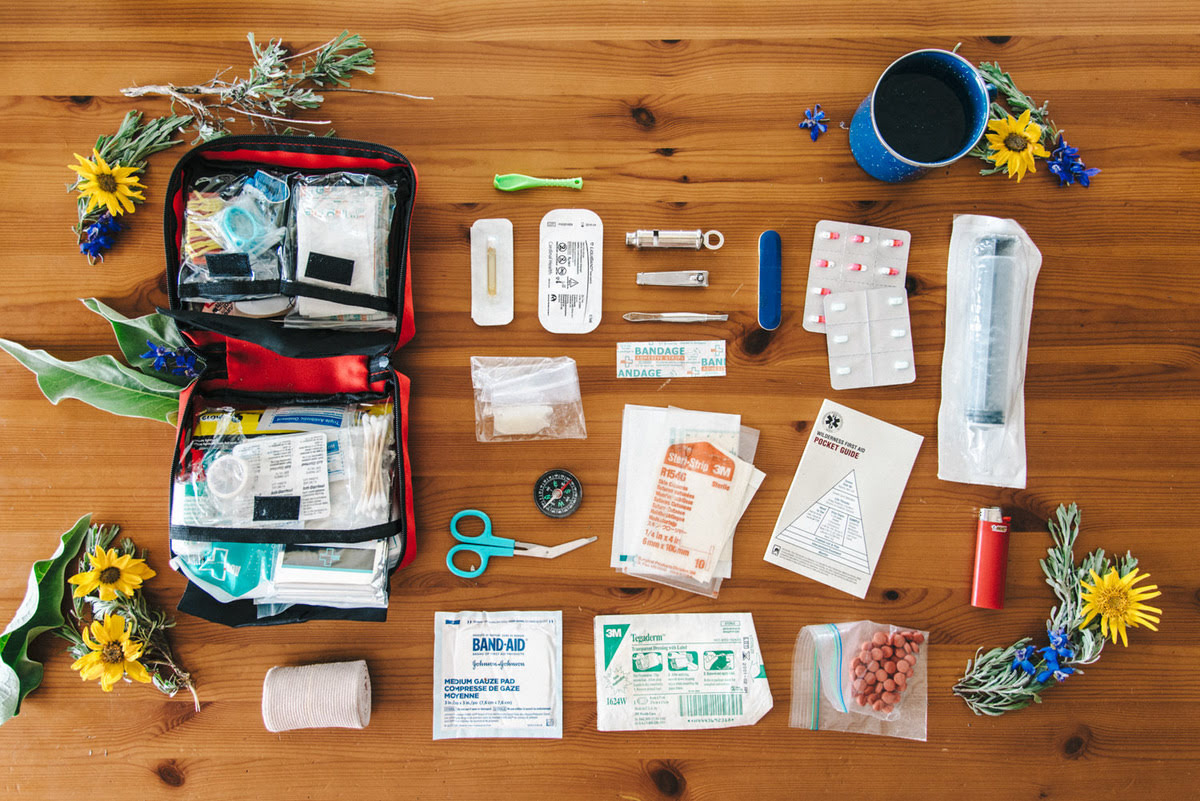

Bathroom Accessories
What To Put In A Hiking First Aid Kit
Modified: August 16, 2024
Ensure you're prepared for any hiking mishaps with our comprehensive guide on what to include in your hiking first aid kit. From bathroom accessories to essential medical supplies, we've got you covered.
(Many of the links in this article redirect to a specific reviewed product. Your purchase of these products through affiliate links helps to generate commission for Storables.com, at no extra cost. Learn more)
Bandages and Dressings
Bandages and dressings are essential components of a hiking first aid kit, as they are crucial for treating cuts, scrapes, and other minor injuries that may occur while exploring the great outdoors. These items provide a protective barrier against dirt and bacteria, promoting proper wound healing and reducing the risk of infection. When assembling your hiking first aid kit, it's important to include a variety of bandages and dressings to address different types of injuries.
Adhesive Bandages: Also known as "band-aids," adhesive bandages are versatile and convenient for covering small cuts and abrasions. They come in various sizes and shapes, making them suitable for different wound types. Additionally, waterproof adhesive bandages are ideal for outdoor activities, as they provide reliable protection even in wet conditions.
Sterile Gauze Pads: Gauze pads are highly absorbent and non-adherent, making them ideal for covering larger wounds or applying pressure to control bleeding. It's advisable to include a range of gauze pad sizes in your first aid kit to accommodate various injury severities.
Rolled Gauze: This stretchable and flexible material is useful for securing dressings in place, creating pressure bandages, or providing support for sprains and strains. Rolled gauze is an essential addition to the first aid kit, as it offers versatility in managing different types of injuries.
Self-Adhering Bandages: Also known as cohesive bandages or "vet wrap," these bandages adhere to themselves without sticking to the skin, making them ideal for wrapping sprains, securing dressings, or creating compression wraps. Their self-adhering nature eliminates the need for additional tape or clips, making them convenient for on-the-go first aid treatment.
Sterile Eye Pads: In the event of an eye injury, sterile eye pads provide a safe and protective covering for the affected eye. They are designed to be gentle on the eye and are crucial for safeguarding the injured area until professional medical assistance can be obtained.
By including a comprehensive selection of bandages and dressings in your hiking first aid kit, you can effectively address a wide range of minor injuries and provide essential care while enjoying outdoor activities. These items not only promote proper wound healing but also contribute to a safer and more enjoyable hiking experience for you and your companions.
Key Takeaways:
- Be prepared for minor injuries while hiking by including bandages, antiseptic wipes, and pain relievers in your first aid kit. Stay safe and enjoy the great outdoors with proper wound care essentials.
- Stay safe and prepared during outdoor adventures with an emergency whistle and blanket in your hiking first aid kit. Signal for help and stay warm in case of emergencies.
Read more: What To Put In A College First Aid Kit
Antiseptic Wipes and Alcohol Pads
Antiseptic wipes and alcohol pads are indispensable items in a hiking first aid kit, serving as crucial tools for disinfecting and cleaning minor wounds and skin surfaces. These sterile wipes and pads are designed to eliminate bacteria and reduce the risk of infection, making them essential for maintaining proper hygiene and promoting swift healing while on outdoor excursions.
Antiseptic Wipes: These pre-moistened towelettes are saturated with antiseptic solutions such as benzalkonium chloride or povidone-iodine, which are effective in killing bacteria and preventing the spread of germs. Antiseptic wipes are gentle on the skin and are suitable for cleansing minor cuts, scrapes, and insect bites. Their convenient single-use packaging makes them portable and easy to carry, allowing for quick and efficient wound cleaning without the need for additional supplies.
Alcohol Pads: Alcohol pads, also known as alcohol swabs, are disposable wipes soaked in isopropyl alcohol. They are widely utilized for disinfecting skin before injections, drawing blood, or minor surgical procedures. In the context of hiking first aid, alcohol pads are invaluable for sterilizing the skin surrounding a wound or abrasion, preparing the area for bandaging, and minimizing the risk of contamination.
When venturing into the wilderness, exposure to outdoor elements and potential injuries are inherent risks. Antiseptic wipes and alcohol pads play a pivotal role in mitigating these risks by providing a means to promptly cleanse and disinfect wounds, reducing the likelihood of complications and facilitating optimal healing. By including these items in your hiking first aid kit, you can effectively address minor injuries and maintain proper wound care practices, ensuring a safer and more enjoyable outdoor experience for yourself and your fellow adventurers.
In summary, the inclusion of antiseptic wipes and alcohol pads in a hiking first aid kit is essential for promoting hygiene, preventing infection, and facilitating prompt wound care during outdoor activities. These items are indispensable for addressing minor injuries and ensuring that proper first aid measures can be promptly administered, contributing to a safer and more enjoyable hiking experience.
Gauze Pads and Adhesive Tape
Gauze pads and adhesive tape are fundamental components of a hiking first aid kit, playing a crucial role in wound care and injury management during outdoor adventures. These items are essential for providing effective and versatile solutions to address a wide range of injuries and medical needs that may arise while exploring the wilderness.
Sterile Gauze Pads: Gauze pads are highly absorbent and non-adherent, making them indispensable for managing wounds of varying sizes and severity. Their sterile nature ensures a clean and safe environment for wound dressing, promoting optimal healing and reducing the risk of infection. Whether used for covering abrasions, lacerations, or applying direct pressure to control bleeding, sterile gauze pads are versatile and reliable tools for addressing diverse injury scenarios encountered during hiking and outdoor activities.
Rolled Gauze: This flexible and stretchable material serves multiple purposes in first aid applications. Rolled gauze is ideal for securing dressings in place, creating pressure bandages, or providing support for sprains and strains. Its cohesive nature allows for effective wrapping and immobilization of injured areas, contributing to stabilization and comfort for the injured individual. Additionally, rolled gauze can be utilized to create compression wraps for managing swelling or supporting injured joints, enhancing its utility in addressing a variety of medical situations that may occur during hiking and outdoor pursuits.
Adhesive Tape: Adhesive tape is an essential tool for securing dressings, immobilizing injured limbs, and providing support for strained or sprained joints. Its adhesive properties enable it to firmly hold gauze pads, bandages, or other wound coverings in place, ensuring that they remain secure during physical activity and movement. Additionally, adhesive tape can be used to create improvised splints or secure improvised bandages, offering practical solutions for stabilizing injuries until professional medical assistance can be obtained.
By including a comprehensive selection of gauze pads and adhesive tape in a hiking first aid kit, outdoor enthusiasts can effectively address a wide range of injuries and medical needs that may arise during their adventures. These items not only contribute to proper wound care and injury management but also provide reassurance and support for individuals engaging in outdoor activities, promoting a safer and more enjoyable experience in the great outdoors.
Blister Treatment (Moleskin or Blister Bandages)
Blister treatment is a critical aspect of hiking first aid, as the development of blisters is a common occurrence during prolonged outdoor activities. These painful fluid-filled pockets can significantly impact mobility and comfort, potentially hindering the overall hiking experience. As such, including appropriate blister treatment materials, such as moleskin or blister bandages, in a hiking first aid kit is essential for addressing this prevalent issue and ensuring hikers can effectively manage and prevent blisters while exploring the wilderness.
Moleskin: Moleskin is a versatile and effective material for blister prevention and treatment. It consists of a soft, durable fabric with an adhesive backing, allowing it to be applied directly to areas prone to friction and blister formation. When used preventatively, moleskin serves as a protective barrier, reducing the likelihood of friction-induced blisters by minimizing rubbing and chafing on vulnerable areas such as the heels, toes, and sides of the feet. In the event of a blister formation, moleskin can be strategically applied to alleviate pressure and provide cushioning, promoting comfort and facilitating the healing process. Its customizable nature enables hikers to cut and shape moleskin according to their specific blister-prone areas, ensuring tailored and effective protection during extended outdoor excursions.
Blister Bandages: Blister bandages, also known as hydrocolloid dressings, are specifically designed to address existing blisters and accelerate the healing process. These advanced dressings feature a gel-like cushioning layer that adheres to the skin, creating a protective environment that promotes blister reabsorption and alleviates discomfort. Blister bandages effectively isolate the blister, shielding it from further friction and pressure while providing a moist healing environment that supports natural skin recovery. Additionally, the transparent and flexible nature of blister bandages allows for easy application and conforming to the contours of the foot, ensuring optimal coverage and comfort during movement.
Incorporating moleskin and blister bandages into a hiking first aid kit equips outdoor enthusiasts with the means to proactively prevent blisters and effectively manage existing ones, thereby minimizing the impact of this common hiking ailment. By addressing blister treatment comprehensively, hikers can maintain comfort, mobility, and foot health, allowing them to fully enjoy their outdoor pursuits without being hindered by the discomfort and limitations associated with blisters.
Tweezers and Scissors
Tweezers and scissors are indispensable tools in a hiking first aid kit, serving essential roles in addressing a variety of medical situations and providing practical solutions for managing injuries and medical needs during outdoor excursions. These versatile instruments offer precision and functionality, enabling hikers to perform delicate tasks and administer effective first aid measures in remote and challenging environments.
Tweezers: High-quality, precision tweezers are essential for safely removing splinters, thorns, or debris embedded in the skin. Their fine tips allow for precise gripping and extraction of foreign objects, minimizing the risk of further injury or contamination. Additionally, tweezers are invaluable for addressing insect stings or bites, as they enable the careful removal of stingers or venomous spines, reducing the potential for allergic reactions and promoting prompt relief. When selecting tweezers for a hiking first aid kit, it is advisable to opt for stainless steel or titanium models with pointed, non-serrated tips, as these provide optimal control and grip for delicate extraction tasks.
Scissors: Compact, durable scissors are essential for cutting bandages, gauze, adhesive tape, and other medical materials with precision and ease. In the event of an injury, scissors enable hikers to quickly and accurately trim dressings to the required size, facilitating efficient wound care and dressing application. Moreover, scissors are versatile tools for fabricating improvised medical supplies, such as creating slings, cutting moleskin for blister treatment, or fashioning improvised splints from available materials. When choosing scissors for a hiking first aid kit, it is important to prioritize compactness and safety features, such as rounded tips and blade guards, to ensure safe handling and storage.
By including tweezers and scissors in a hiking first aid kit, outdoor enthusiasts are equipped to address a wide range of medical needs and injuries effectively. These tools empower hikers to perform precise and controlled actions, promoting proper wound care, injury management, and the alleviation of discomfort. Additionally, tweezers and scissors contribute to the versatility and practicality of the first aid kit, enabling individuals to respond to unforeseen medical situations with confidence and efficacy.
In summary, the inclusion of tweezers and scissors in a hiking first aid kit is essential for promoting effective wound care, injury management, and the ability to address diverse medical needs encountered during outdoor activities. These tools enhance the preparedness and capability of hikers to administer prompt and precise first aid measures, contributing to a safer and more enjoyable outdoor experience.
Read more: What To Put In A Sports First Aid Kit
Pain Relievers (Ibuprofen or Acetaminophen)
Pain relievers, such as ibuprofen and acetaminophen, are essential components of a hiking first aid kit, providing valuable relief from discomfort and pain associated with minor injuries, muscle aches, and headaches that may occur during outdoor activities. These over-the-counter medications offer effective solutions for managing pain and discomfort, allowing hikers to address mild to moderate discomfort and continue their outdoor pursuits with greater comfort and mobility.
Ibuprofen
Ibuprofen, a nonsteroidal anti-inflammatory drug (NSAID), is widely recognized for its analgesic, anti-inflammatory, and antipyretic properties. As a pain reliever, ibuprofen effectively reduces pain and inflammation, making it particularly beneficial for addressing musculoskeletal discomfort, minor sprains, and strains encountered during hiking and outdoor adventures. Additionally, ibuprofen can alleviate headaches, toothaches, and other common sources of pain, enhancing hikers' ability to manage discomfort and continue their activities with reduced impediments.
Acetaminophen
Acetaminophen, also known as paracetamol, is a widely used pain reliever and fever reducer that provides effective relief from mild to moderate pain. As an analgesic, acetaminophen is valuable for managing headaches, minor muscle aches, and discomfort associated with minor injuries, making it a versatile and practical addition to a hiking first aid kit. Furthermore, acetaminophen is renowned for its antipyretic properties, allowing hikers to address fever symptoms that may arise during outdoor excursions, promoting greater comfort and well-being.
By including ibuprofen and acetaminophen in a hiking first aid kit, outdoor enthusiasts are equipped to address pain and discomfort effectively, enhancing their ability to manage minor medical issues and continue their activities with reduced hindrances. These pain relievers contribute to the overall preparedness and well-being of hikers, ensuring that they can address common sources of discomfort and pain encountered during outdoor pursuits, thereby promoting a safer and more enjoyable hiking experience.
In summary, the inclusion of ibuprofen and acetaminophen in a hiking first aid kit is essential for providing reliable and accessible pain relief solutions, enabling hikers to address discomfort and minor pain effectively while engaging in outdoor activities. These medications enhance the capability of individuals to manage common sources of pain and discomfort, contributing to a more comfortable and enjoyable outdoor experience.
Antihistamines (for allergic reactions)
Antihistamines are vital components of a hiking first aid kit, offering crucial relief from allergic reactions that may occur during outdoor adventures. Allergies to insect stings, plant pollen, or certain foods can pose significant risks, and having antihistamines readily available can mitigate potential allergic responses and provide essential support for individuals with known allergies.
Read more: What To Put In A Travel First Aid Kit
Mechanism of Action
Antihistamines function by blocking the action of histamine, a compound released by the body during allergic reactions. Histamine is responsible for triggering symptoms such as itching, hives, swelling, and nasal congestion. By inhibiting the effects of histamine, antihistamines alleviate these symptoms, providing rapid relief and preventing the escalation of allergic reactions.
Types of Antihistamines
There are two primary categories of antihistamines: first-generation and second-generation. First-generation antihistamines, such as diphenhydramine, are known for their sedating effects and are effective in managing acute allergic reactions. While they provide rapid relief, they may cause drowsiness, which can impact alertness during outdoor activities. On the other hand, second-generation antihistamines, including loratadine and cetirizine, are non-sedating and offer long-lasting relief without significant drowsiness, making them suitable for managing allergies while maintaining alertness and cognitive function.
Allergic Reaction Management
In the context of hiking and outdoor pursuits, exposure to allergens such as insect venom, plant allergens, or environmental triggers can lead to allergic reactions ranging from mild itching and rashes to severe anaphylaxis. Having antihistamines in the first aid kit enables hikers to promptly address allergic symptoms and prevent the progression of mild to moderate reactions. In the event of an allergic response, administering antihistamines can provide rapid relief, alleviate discomfort, and mitigate the impact of the allergen exposure, allowing individuals to manage their symptoms and seek further medical assistance if necessary.
Considerations for Allergy Management
When selecting antihistamines for a hiking first aid kit, it is important to consider individual allergies, medical history, and potential interactions with other medications. Additionally, ensuring that the chosen antihistamines are within their expiration date and stored in a cool, dry place is essential for maintaining their efficacy and safety.
By including antihistamines in a hiking first aid kit, outdoor enthusiasts are equipped to address allergic reactions effectively, promoting greater safety and well-being during their outdoor pursuits. These medications provide valuable support for managing allergic symptoms and mitigating the impact of allergen exposure, contributing to a more secure and enjoyable hiking experience for individuals with known allergies.
In summary, the inclusion of antihistamines in a hiking first aid kit is essential for providing rapid relief from allergic reactions and promoting the well-being of outdoor enthusiasts with known allergies. These medications offer valuable support for managing allergic symptoms and mitigating the impact of allergen exposure, contributing to a safer and more enjoyable outdoor experience.
Read more: What To Put In A First Aid Kit For A Car
Antiseptic Ointment
Antiseptic ointment is a crucial component of a hiking first aid kit, offering valuable support for promoting wound healing and preventing infection in the event of minor injuries during outdoor activities. This topical medication plays a pivotal role in maintaining proper wound care practices and addressing skin abrasions, cuts, and scrapes encountered while exploring the wilderness.
The primary function of antiseptic ointment is to create a protective barrier over wounds, effectively preventing the entry of harmful bacteria and reducing the risk of infection. Additionally, antiseptic ointments often contain active ingredients such as bacitracin, neomycin, or polymyxin B, which possess antimicrobial properties that aid in combating potential pathogens present on the skin's surface. By applying antiseptic ointment to minor wounds, hikers can promote a clean and sterile environment, facilitating optimal conditions for natural wound healing processes to take place.
Furthermore, antiseptic ointments contribute to the alleviation of discomfort and pain associated with minor injuries. Their emollient and soothing properties provide a layer of protection and moisture to the affected area, reducing friction and promoting a conducive environment for skin recovery. This not only supports the healing process but also enhances the overall comfort of the individual, allowing them to continue their outdoor activities with reduced discomfort and hindrances.
When selecting antiseptic ointments for inclusion in a hiking first aid kit, it is important to prioritize products that are specifically formulated for minor wound care and skin protection. Additionally, considering individual skin sensitivities and potential allergies is essential to ensure the suitability and safety of the chosen antiseptic ointment for all users.
By including antiseptic ointment in a hiking first aid kit, outdoor enthusiasts are equipped to address minor injuries promptly and effectively, promoting proper wound care and reducing the risk of infection. This essential component contributes to the overall preparedness and well-being of hikers, ensuring that they can manage minor wounds and abrasions with confidence, thereby enhancing the safety and enjoyment of their outdoor experiences.
Always include basic first aid items like bandages, gauze, antiseptic wipes, and adhesive tape in your hiking first aid kit. It’s also important to pack any personal medications and a small emergency blanket for added safety.
Emergency Whistle
An emergency whistle is a compact yet indispensable tool that holds significant value in the realm of outdoor safety and emergency preparedness. Its piercing sound has the potential to serve as a beacon of hope in critical situations, making it an essential inclusion in any hiking first aid kit.
The primary function of an emergency whistle is to attract attention and signal distress in the event of an emergency or crisis. Its high-decibel sound can travel over long distances, cutting through ambient noise and adverse conditions, thereby increasing the likelihood of being heard by potential rescuers or fellow hikers. This capability is particularly crucial in remote wilderness settings, where vocal calls may be insufficient to reach assistance. The distinct and recognizable sound of an emergency whistle serves as a universal distress signal, transcending language barriers and effectively conveying the urgency of the situation.
Furthermore, an emergency whistle offers a reliable means of communication in scenarios where physical movement or vocalization may be limited due to injury or environmental factors. Its compact and lightweight design allows hikers to carry it effortlessly, ensuring accessibility during outdoor activities. In the event of an injury or incapacitation, the use of an emergency whistle enables individuals to alert others to their location and condition, facilitating prompt assistance and potentially expediting rescue efforts.
In addition to its role in signaling distress, an emergency whistle can also serve as a preventive measure, enhancing overall safety during outdoor excursions. Its presence in a hiking first aid kit serves as a proactive tool for mitigating potential risks and preparing for unforeseen circumstances. By equipping oneself with an emergency whistle, hikers can enhance their overall safety preparedness, instilling confidence and reassurance as they venture into the wilderness.
When selecting an emergency whistle for inclusion in a hiking first aid kit, it is essential to prioritize durability, loudness, and weather resistance. High-quality emergency whistles constructed from robust materials and featuring distinct sound frequencies are ideal for maximizing their effectiveness in emergency situations. Additionally, considering features such as built-in lanyards or attachment clips enhances the convenience and accessibility of the whistle, ensuring that it can be readily deployed when needed.
In summary, the inclusion of an emergency whistle in a hiking first aid kit is paramount for promoting safety, communication, and preparedness during outdoor adventures. Its ability to attract attention, signal distress, and serve as a proactive safety measure underscores its significance as a critical tool for enhancing the overall safety and well-being of hikers in the wilderness.
Emergency Blanket
An emergency blanket, also known as a space blanket or thermal blanket, is a versatile and invaluable asset in the realm of outdoor safety and emergency preparedness. Composed of a thin, lightweight, and highly reflective material, emergency blankets are designed to provide crucial insulation and protection in adverse environmental conditions, making them an essential inclusion in any hiking first aid kit.
The primary function of an emergency blanket is to retain and reflect body heat, thereby preventing hypothermia and maintaining core body temperature in challenging outdoor environments. The reflective surface of the blanket effectively traps and redirects radiant heat back towards the body, minimizing heat loss and preserving vital warmth. This capability is particularly vital in situations where exposure to cold, wet, or windy conditions poses a risk of hypothermia, such as during unexpected weather changes or emergency overnight stays in the wilderness.
Furthermore, emergency blankets offer multifaceted utility beyond thermal insulation. Their durable and waterproof construction provides protection against the elements, serving as a makeshift shelter or ground cover to shield individuals from rain, snow, and wind. Additionally, the compact and lightweight nature of emergency blankets allows for easy storage and portability, ensuring accessibility during outdoor activities without adding significant bulk or weight to the hiking first aid kit.
In the event of an injury or emergency, the deployment of an emergency blanket can provide immediate comfort, protection, and potentially life-saving thermal regulation. Its presence in a hiking first aid kit serves as a proactive measure for mitigating the risks associated with exposure to adverse environmental conditions, enhancing overall safety preparedness for outdoor enthusiasts.
When selecting an emergency blanket for inclusion in a hiking first aid kit, it is essential to prioritize durability, tear resistance, and compactness. High-quality emergency blankets constructed from robust materials and featuring reinforced seams are ideal for withstanding rugged outdoor conditions and ensuring reliable performance when needed most. Additionally, considering features such as integrated grommets or corner ties enhances the versatility of the blanket, allowing it to be utilized as an improvised shelter or signaling device in emergency situations.
In summary, the inclusion of an emergency blanket in a hiking first aid kit is paramount for promoting thermal insulation, protection against the elements, and proactive safety preparedness during outdoor adventures. Its multifunctional capabilities and potential to mitigate the risks of hypothermia underscore its significance as a critical tool for enhancing the overall safety and well-being of hikers in the wilderness.
Frequently Asked Questions about What To Put In A Hiking First Aid Kit
Was this page helpful?
At Storables.com, we guarantee accurate and reliable information. Our content, validated by Expert Board Contributors, is crafted following stringent Editorial Policies. We're committed to providing you with well-researched, expert-backed insights for all your informational needs.
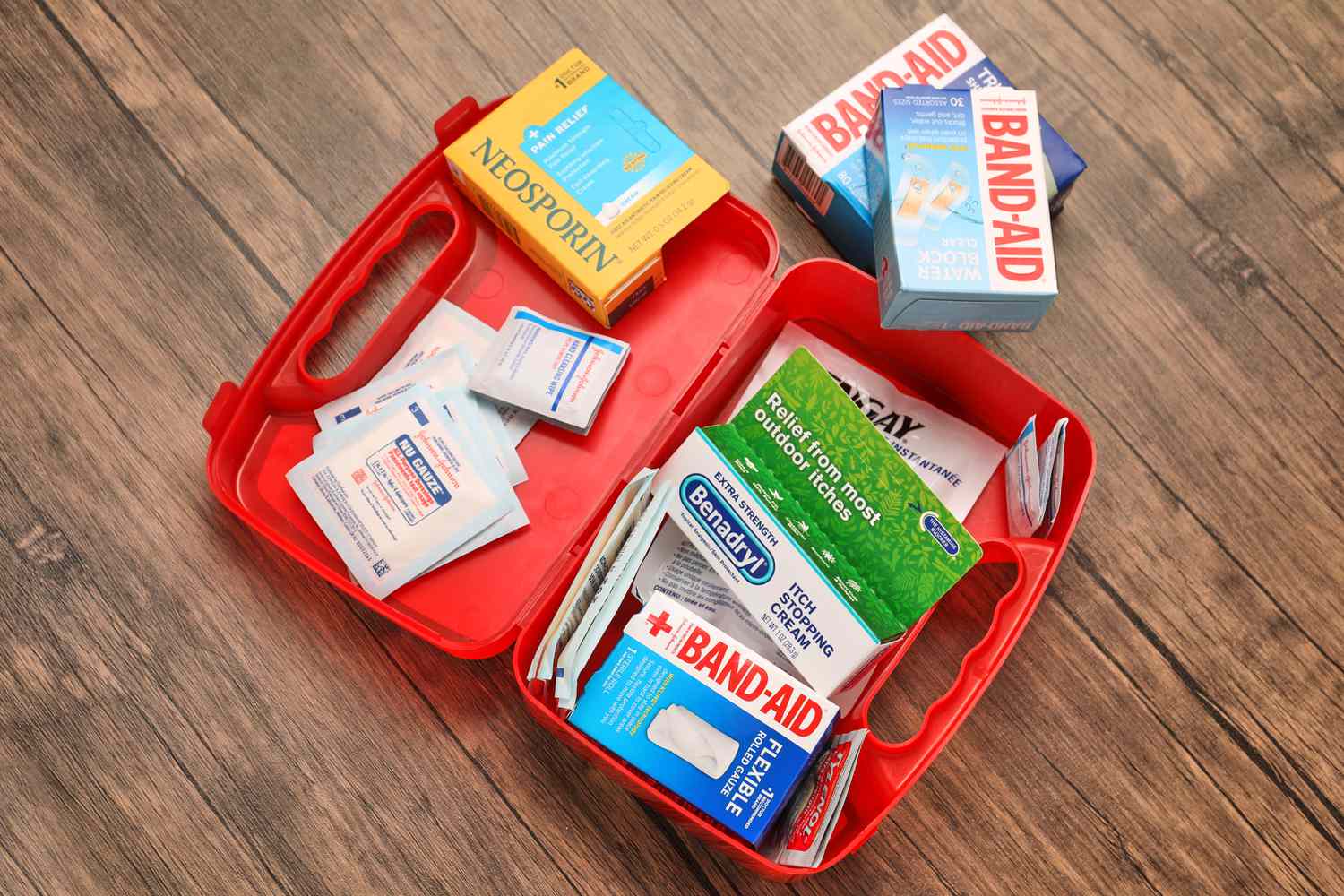
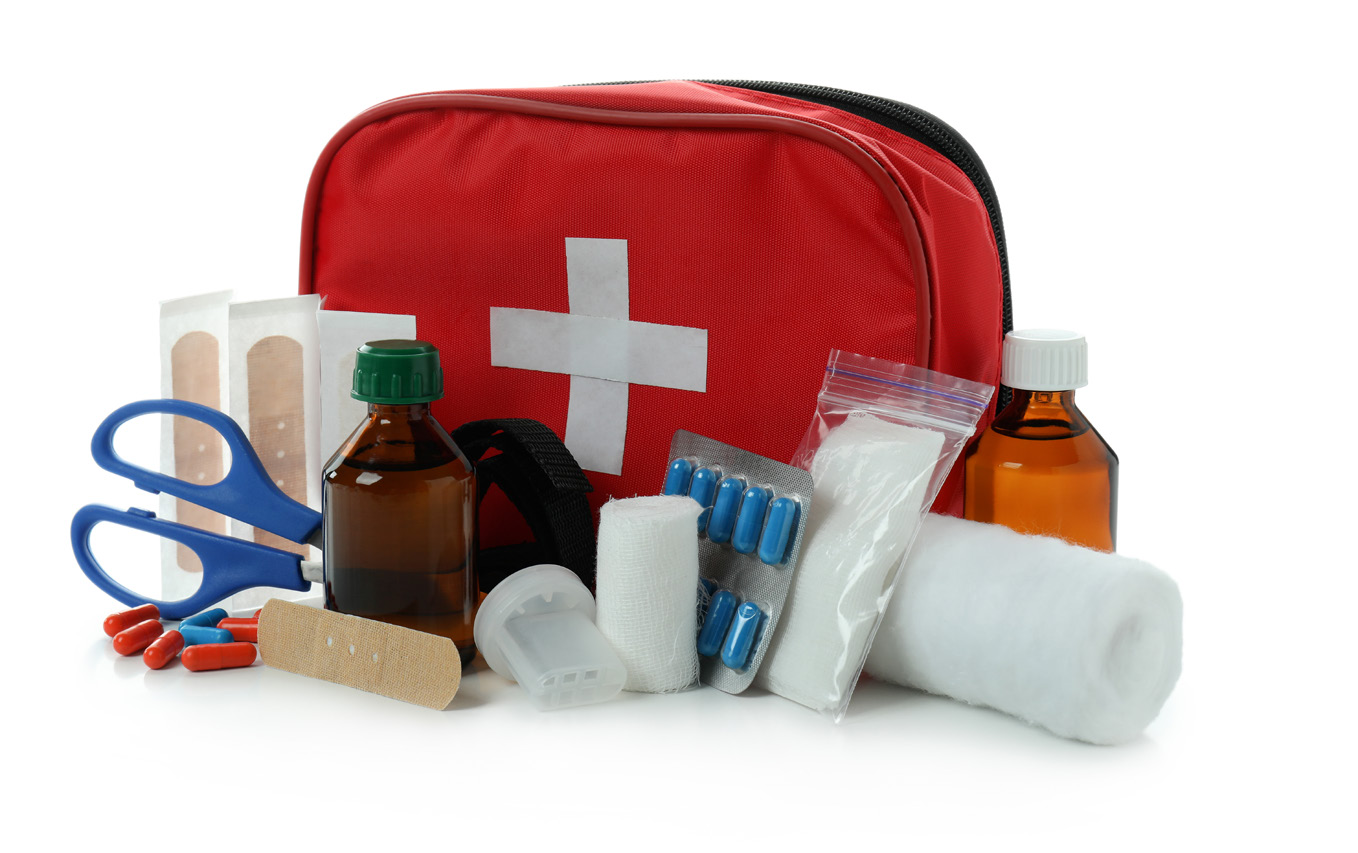
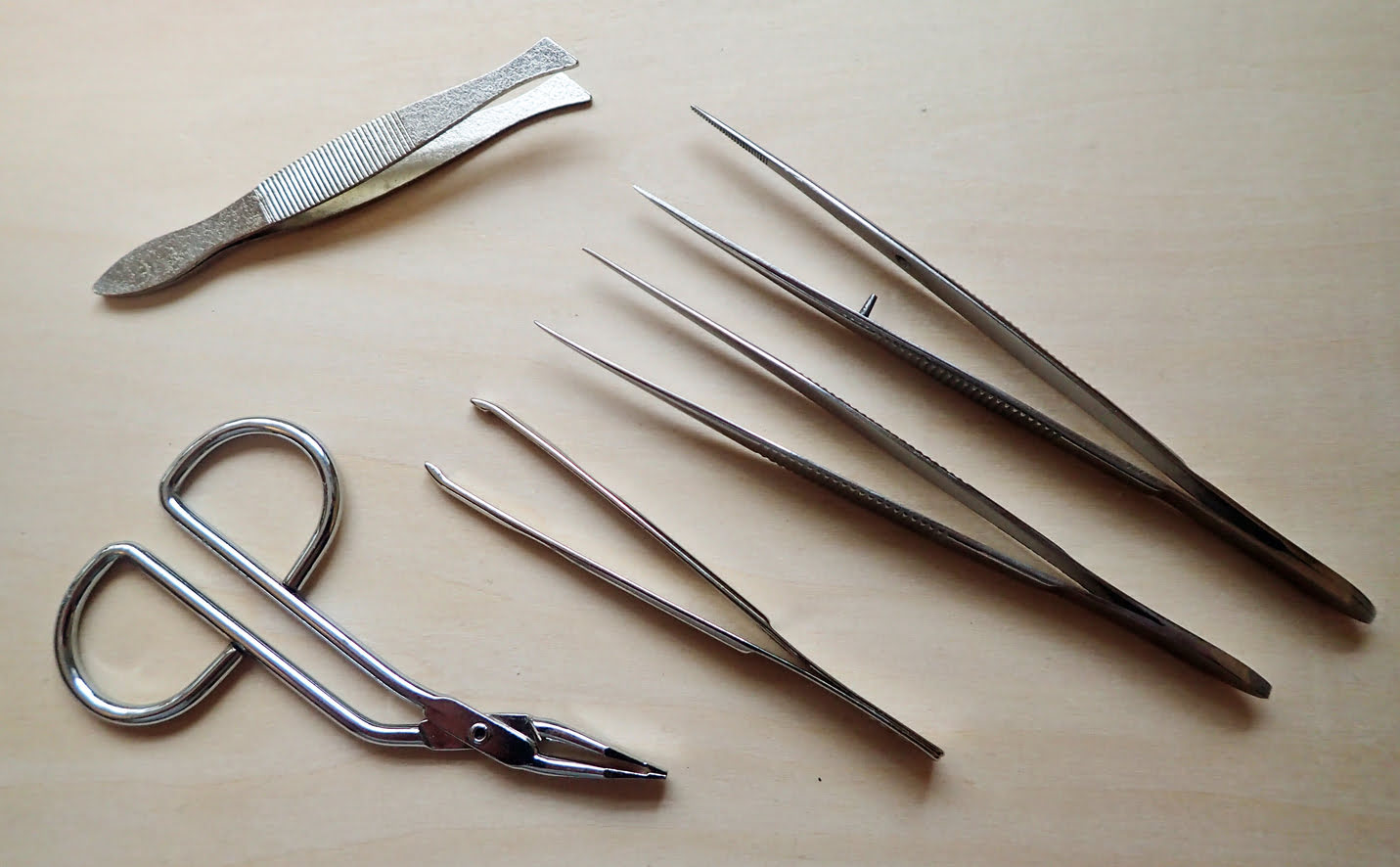
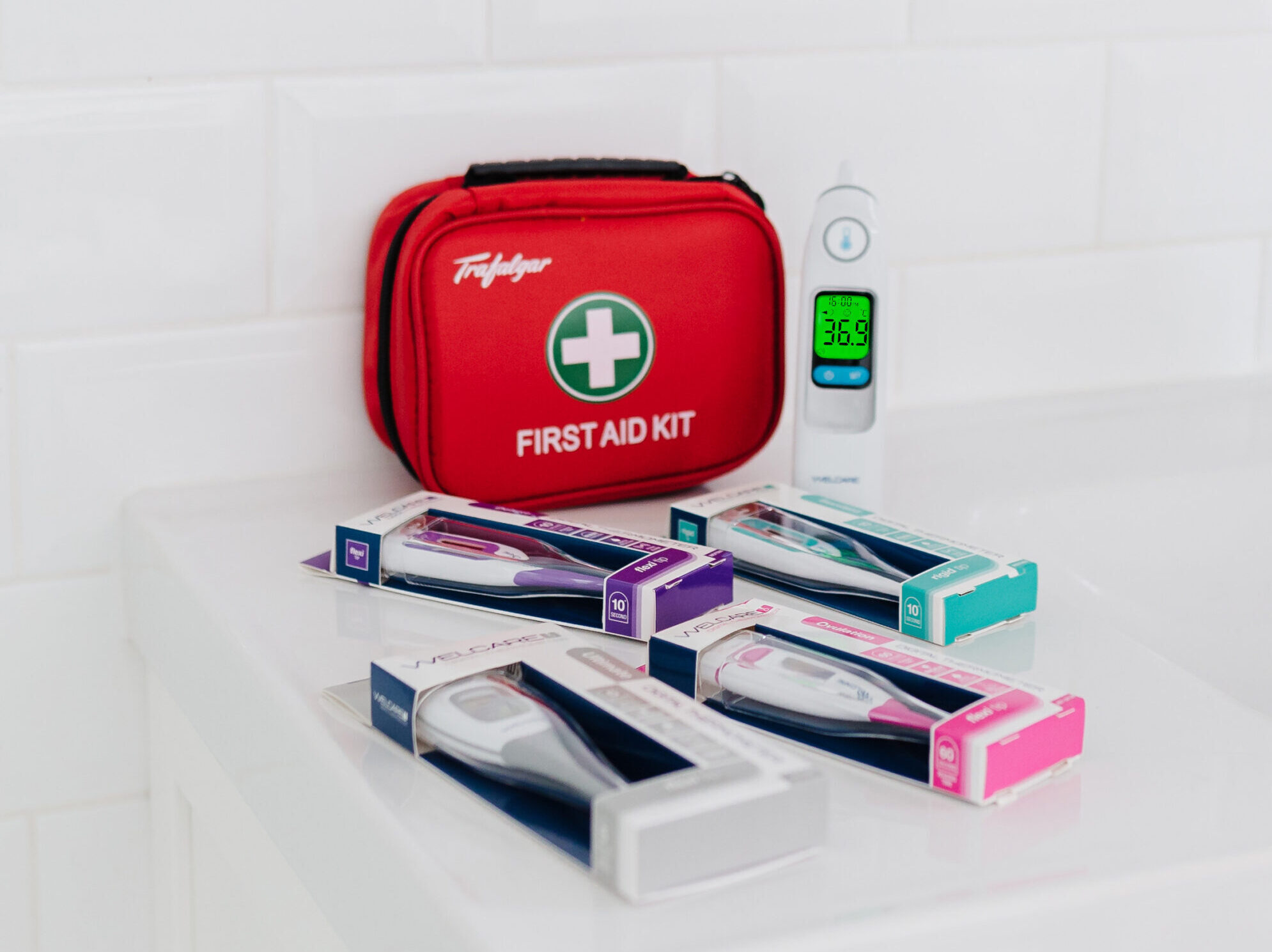
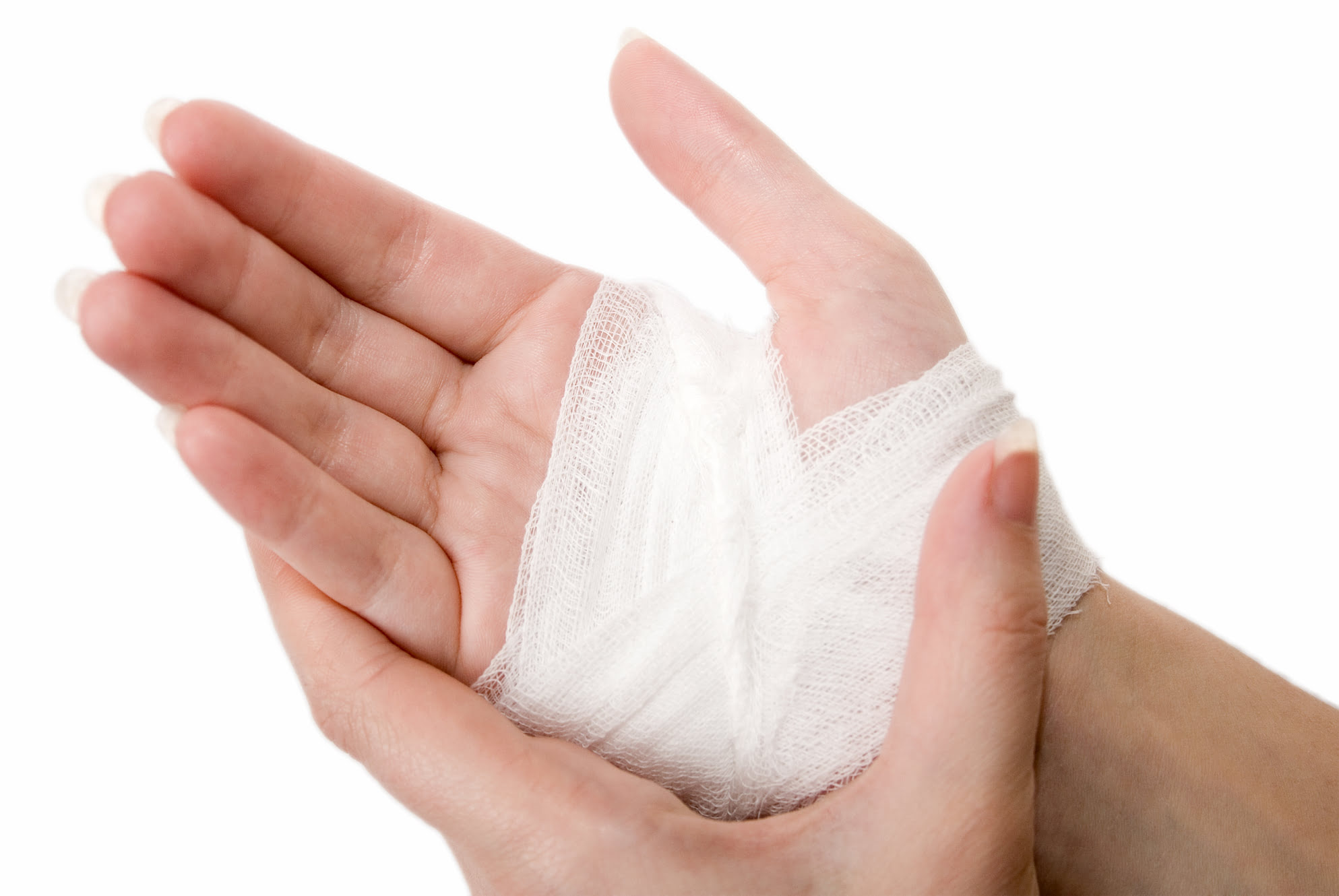
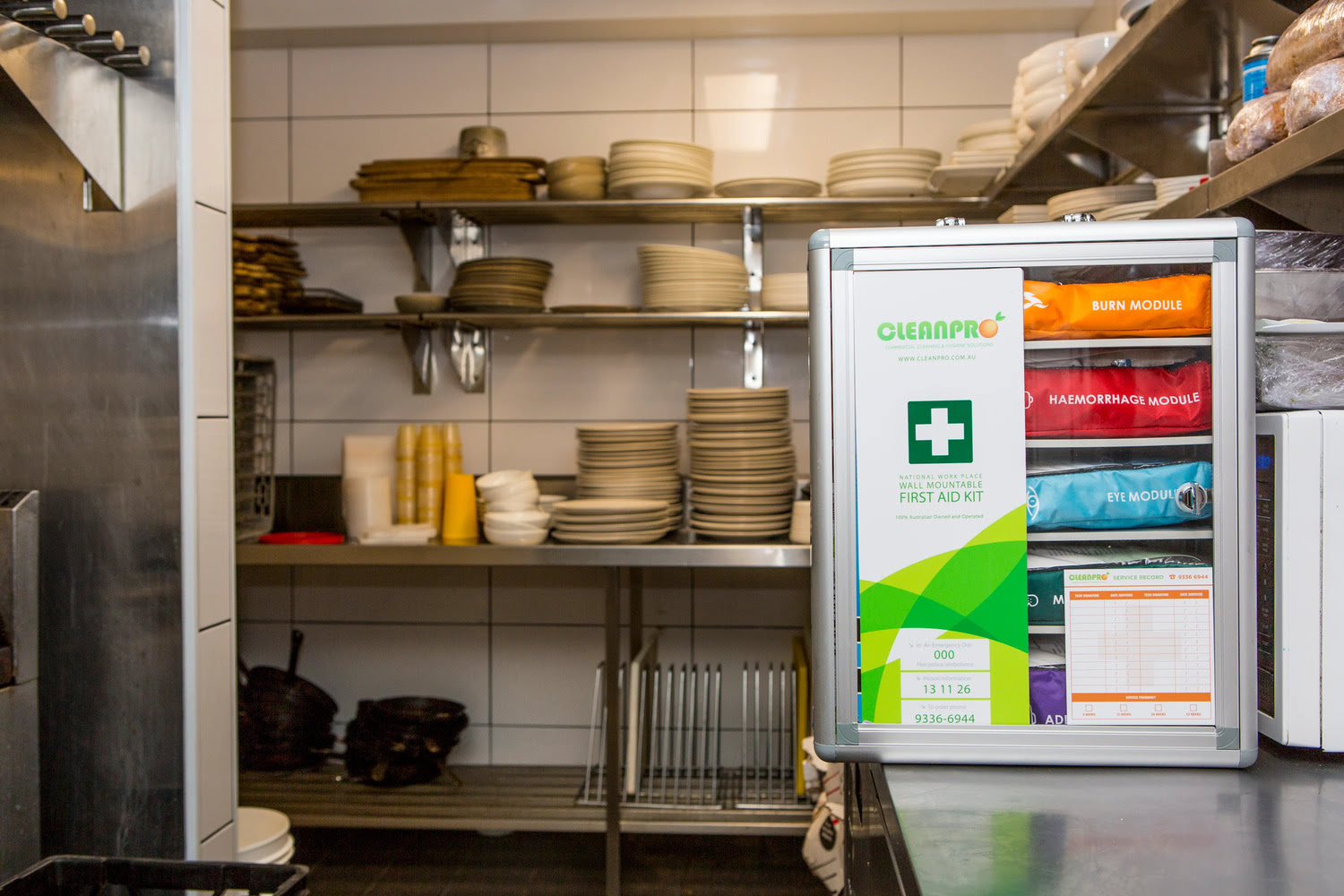
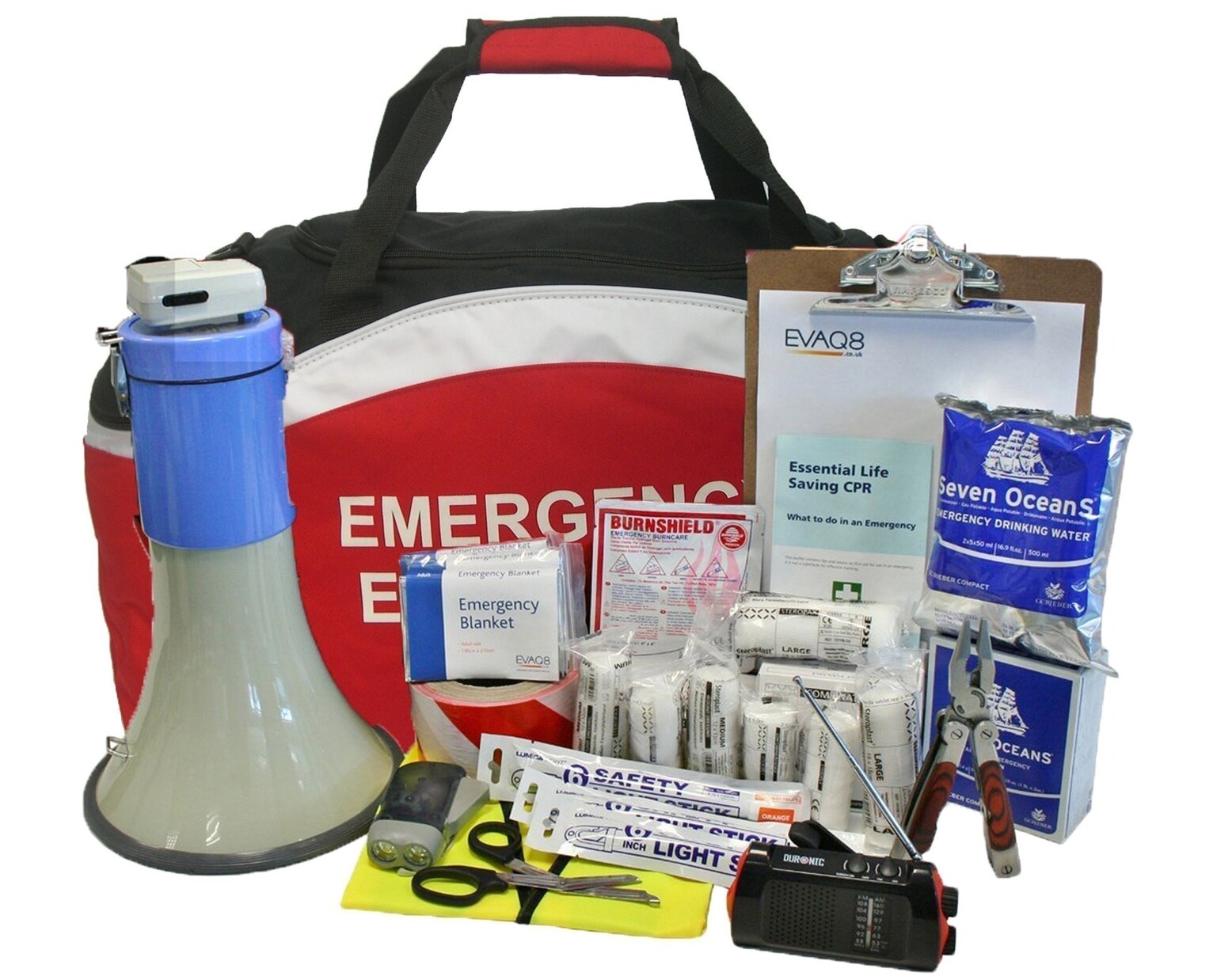
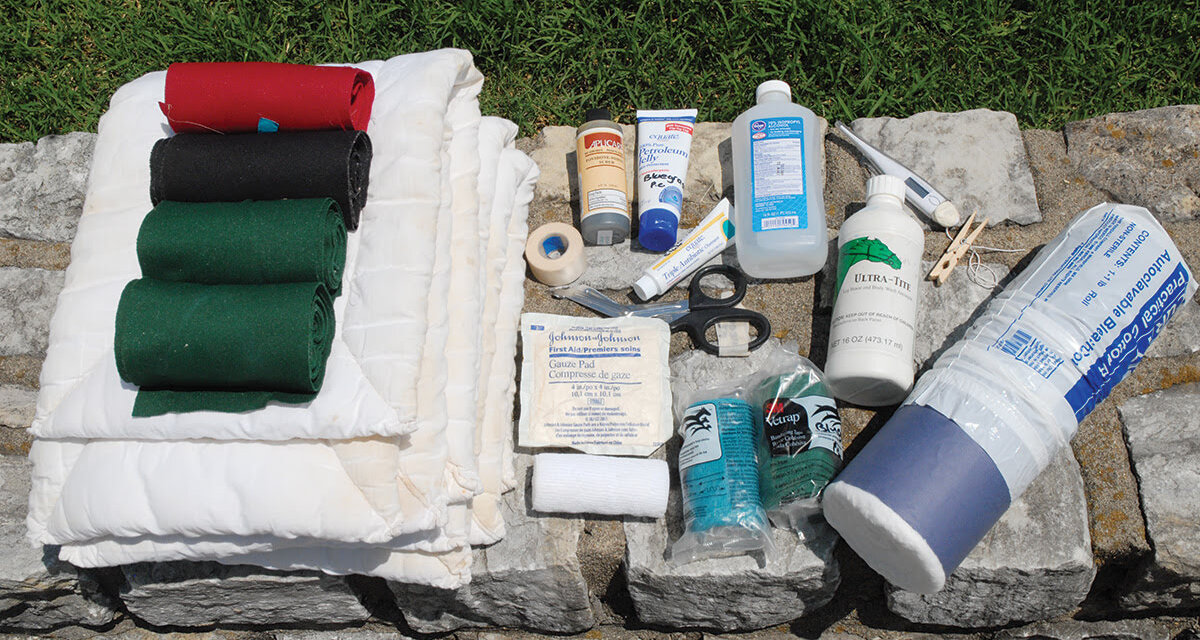
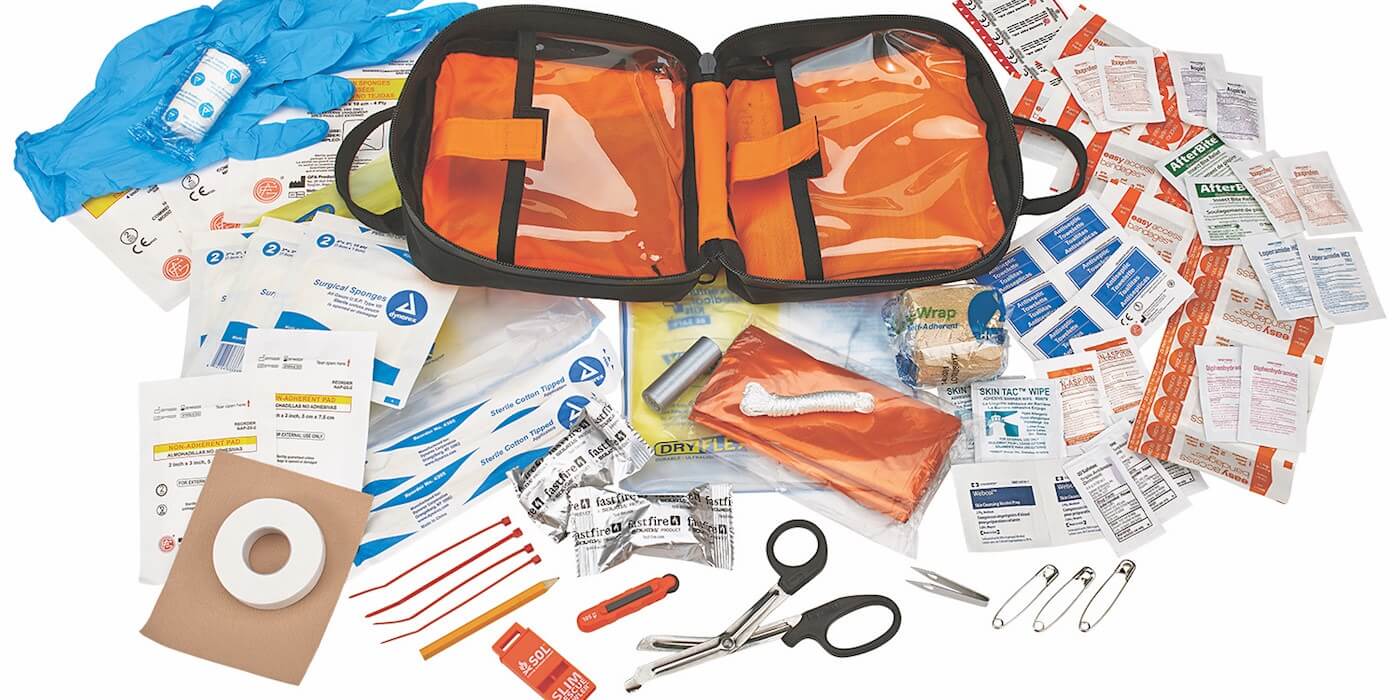
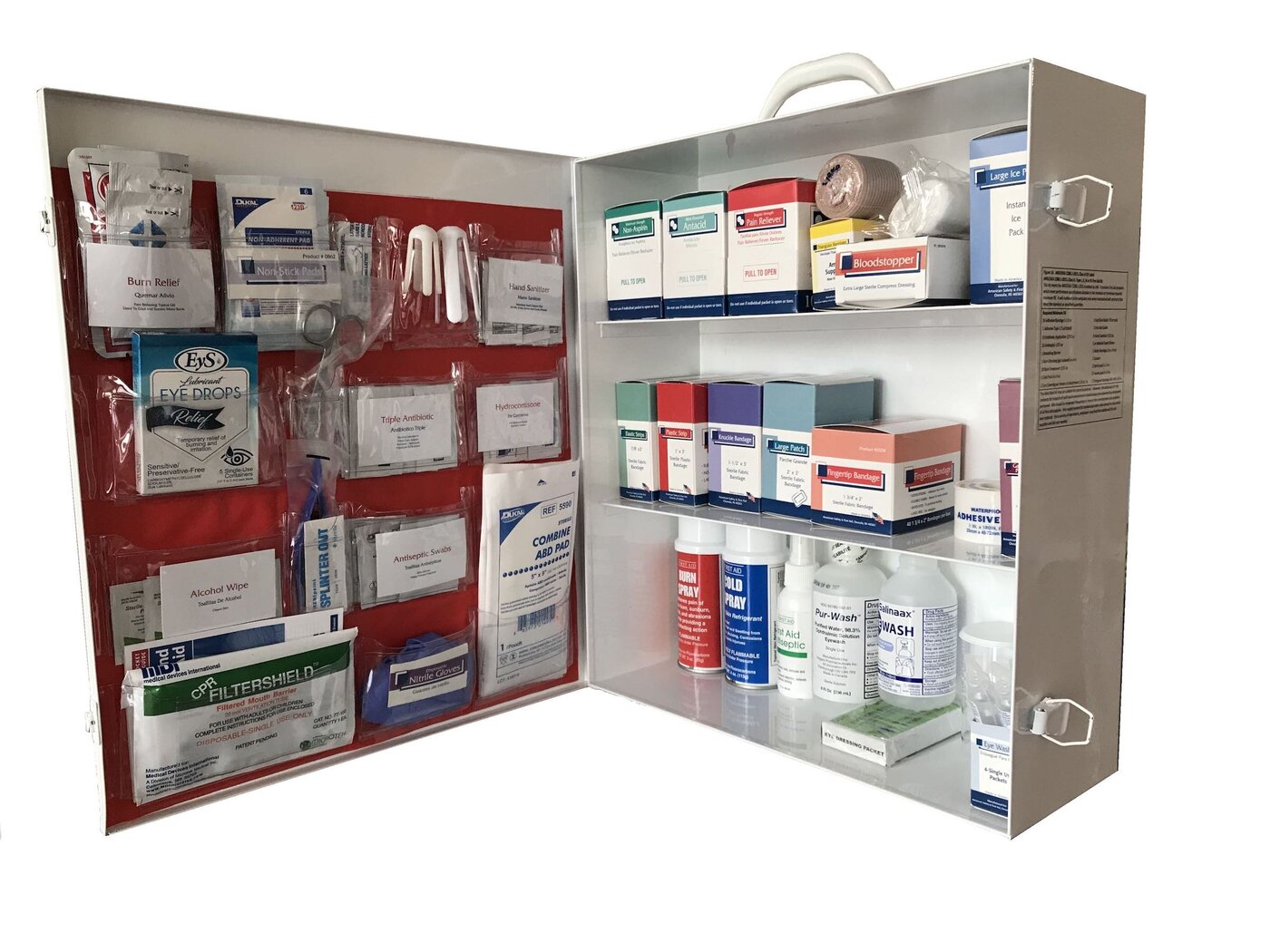
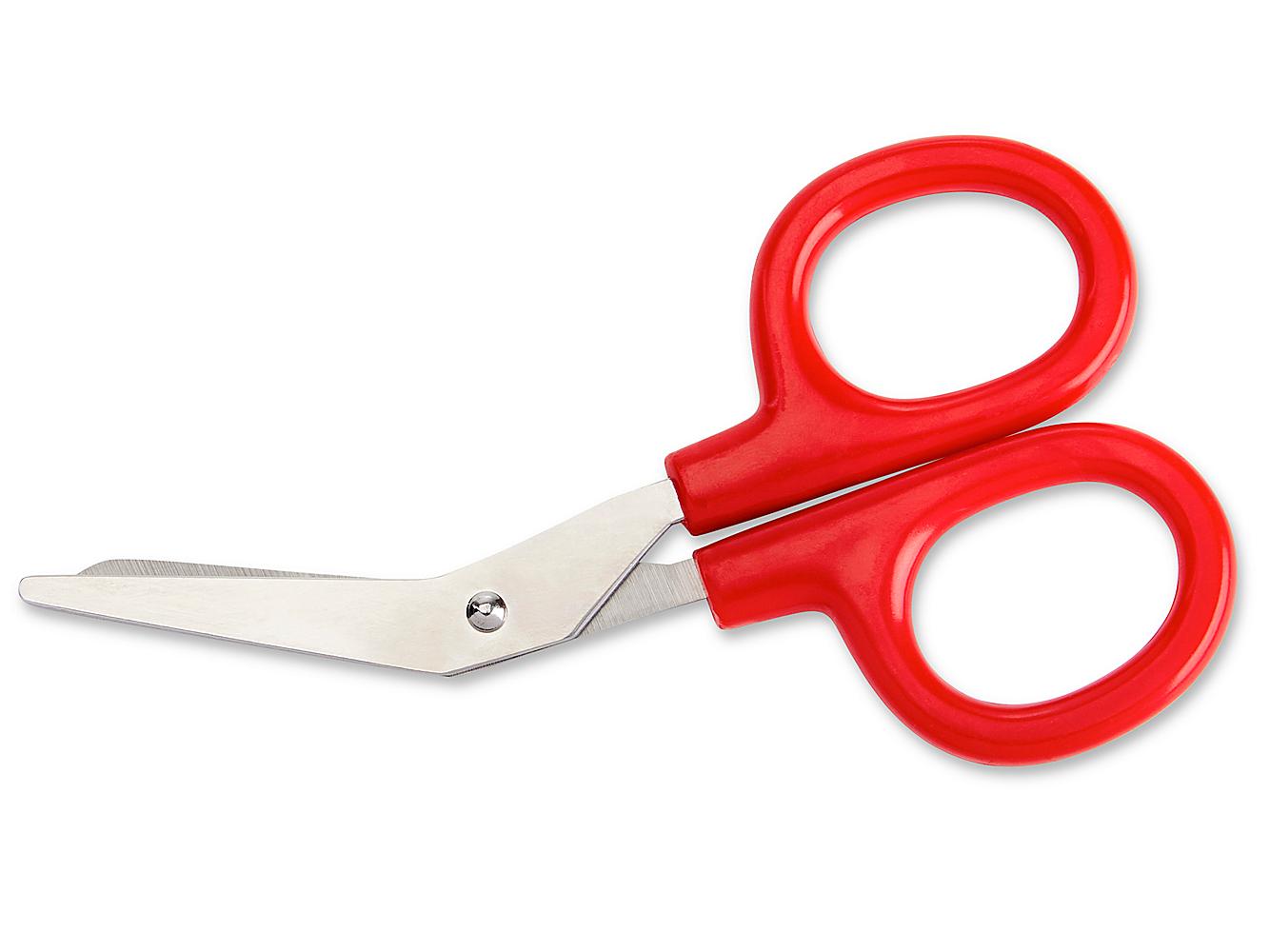
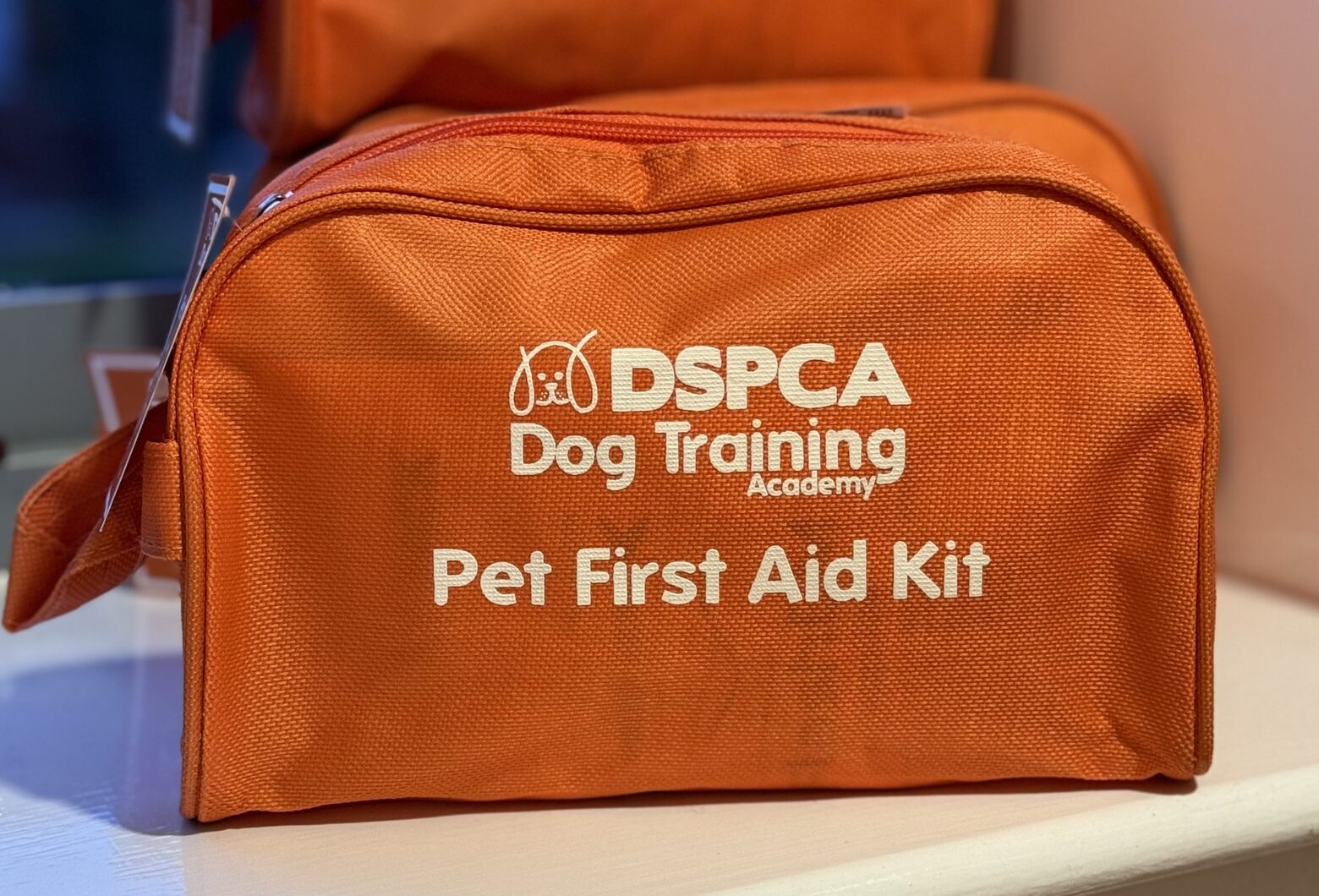

0 thoughts on “What To Put In A Hiking First Aid Kit”